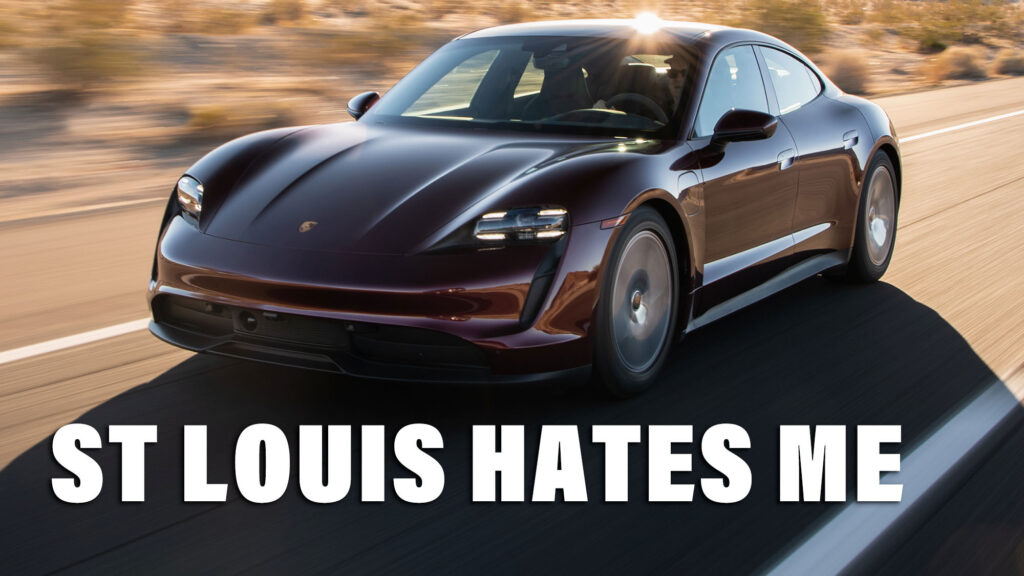Electric vehicles still only account for a small percentage of overall vehicle sales in the U.S. but their market share is growing rapidly and has increased from 2.7 percent to more than 6 percent in the past two years.
But one factor that might be persuading some buyers to make the switch, and others to stick to ICE power, is the availability of charging stations in their city and state. No one buys a gasoline-engined car and worries where they’ll be able to fill it up, but some regions in the U.S. are far better covered for EV charging than others.
Related: Mercedes To Launch Global Charging Network Open To All Brands Starting In North America
ISeeCars analyzed America’s charging infrastructure to work out which cities and states offer the best access to charging points, and also which came off worst. The team looked at both snail-pace Level 2 chargers and fast Level 3 DC chargers as well as separating Tesla and non-Tesla networks. Tesla has announced it will open up its network to drivers of other cars, but it’s only offering access to a small portion of its charging infrastructure.
Some of the results proved entirely unsurprising: looking at the charging stats including Tesla and non-Tesla chargers, five of the top 10 EV-friendly cities are located in California, and the most EV-friendly metro area was San Francisco-Oakland-San Jose, which has a total of 14,083 chargers, equating to one for every 465 residents. But Denver, CO, which came fourth with one charger for every 992 residents and sixth-placed Kansas City (one charger per 1,063 residents) both massively outperformed the national average of 2,280 residents per charger.
But we pity anyone in St Louis, MO, who buys an EV with a short range and doesn’t have a charging socket at home. There are only 473 chargers in the entire city, meaning each charger is shared by 5,787 residents. Birmingham, AL, has even fewer chargers – just 296 – but its residents-per-charger ratio isn’t quite as bad at 5,691.
Comparing the figures for chargers (including Tesla chargers) at a state level shows that California has 44,287 chargers to Vermont’s laughable 920, but the Green Mountain State’s tiny population means it has one charger per 703 residents while 881 Californians have to share each plug. At the other end of the scale Mississippi has only 317 chargers, each shared by 9,275 inhabitants.
The numbers are slightly different if you switch the focus to fast chargers, California switching places with Vermont, and Kentucky propping up the states tables, while last-placed metro area, Louisville, KY, offers one charger for every 35,648 residents compared with one per 2,444 in first-placed Fresno-Visalia, CA.
But these figures all include Tesla chargers, remember. Cut them out of the equation and the picture is pretty stark away from the west coast. Louisville has just eight non-Tesla fast chargers, or one per 196,063 residents, although Oklahoma City, OK, does buck the west-coast-centric picture, topping the metro table with one fast charger for every 5,962 residents.
To check out ISeeCars‘ full report and the complete metro and state rankings for Tesla and non-Tesla charging points, click here.
US States Ranked by Residents per Charger (including Tesla Network) As Of 2022
Top 50 Metro Areas Ranked By Residents Per Charger (including Tesla Network) As Of 2022
US States Ranked By Residents Per Fast Charger In Tesla Network As Of 2022




